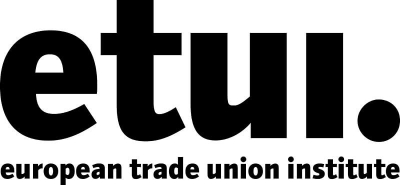![[alternative_text]](/themes/tn/images/jpg/why_this_guide@1x.jpg)
Why this guide?
Company restructuring in the private and public sectors is no longer an exceptional circumstance. It has become a daily reality faced by trade unions and workers and a regular feature across all sectors and activities. In recent years, we have seen changes of unprecedented scale and pace. The jobs of millions of workers will keep evolving under the cumulative effect of four megatrends: digitalisation, adaptation to climate change, ever-growing and ill-regulated globalisation as well as ageing societies. This guide has been developed with the aim of providing worker representatives at European and national level and the trade unions who advise and support them with appropriate information and practical recommendations to help them navigate through the many challenges that come with transnational restructuring projects. One of the core missions of worker representatives and trade unions in European or SE Works Councils is to anticipate company restructuring, to shape changes in multinational companies and to counteract strategies aimed at pitting workers, sites, and countries against one another. The Transnational Restructuring Navigator is there to help you run the gauntlet.
Restructuring's types
This guide provides you with the recommended trade union approach to confronting 10 different types of transnational restructuring. For each type, you can find guidelines on information and consultation rights, legal references and practical advice, focused around the different phases of a restructuring project from early rumours to the final decision and the rollout. An additional general chapter offers advice on how to be proactive and anticipate future changes. A 12th chapter goes into more detail on what happens when a company decides to adopt the legal status of a European Company or Societas Europaea (SE).
Interactive paths for different types of transnational restructuring, helping you to find out what your rights are and how to confront these changes.
![[alternative_text]](/themes/tn/images/jpg/grid_1@1x.jpg)
References to additional materials and links to dedicated websites for those who want to find out more.
![[alternative_text]](/themes/tn/images/jpg/grid_2@1x.jpg)
![[alternative_text]](/themes/tn/images/jpg/grid_3@1x.jpg)
European Trade Union Federations joining forces with the ETUI and the ETUC for the development and the promotion of this tool
![[alternative_text]](/themes/tn/images/jpg/grid_4@1x.jpg)
![[alternative_text]](/themes/tn/images/jpg/grid_5@1x.jpg)








